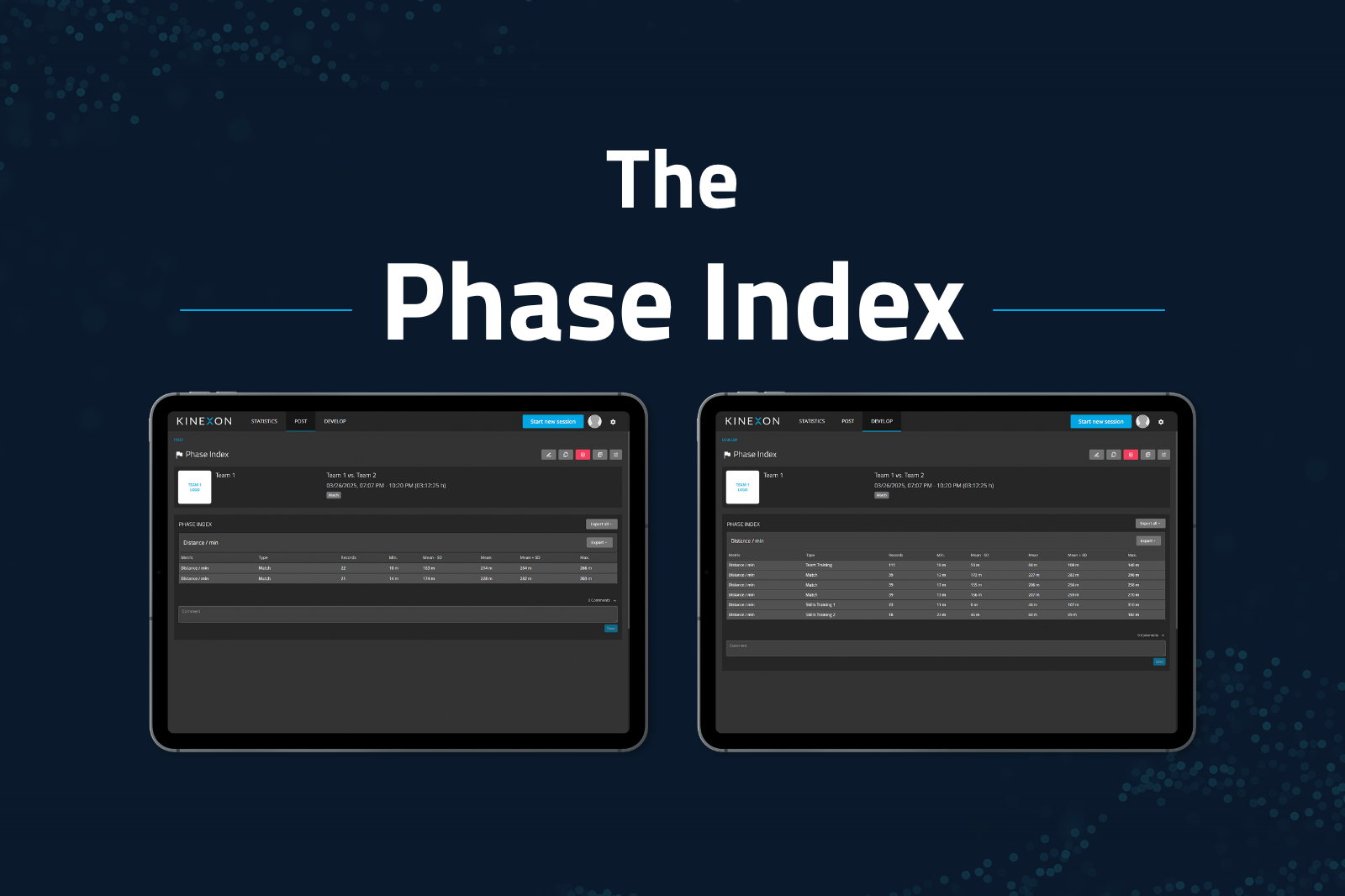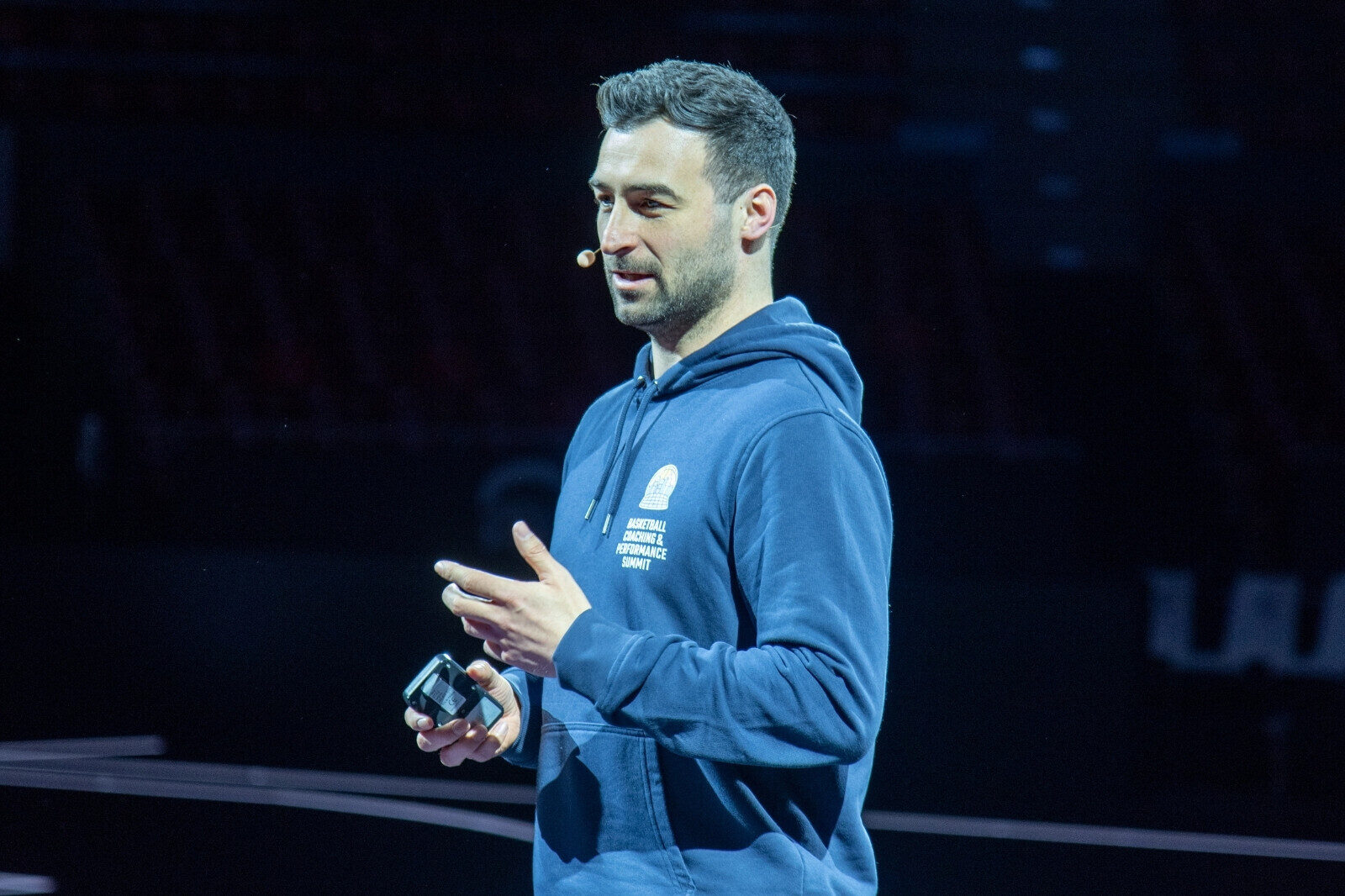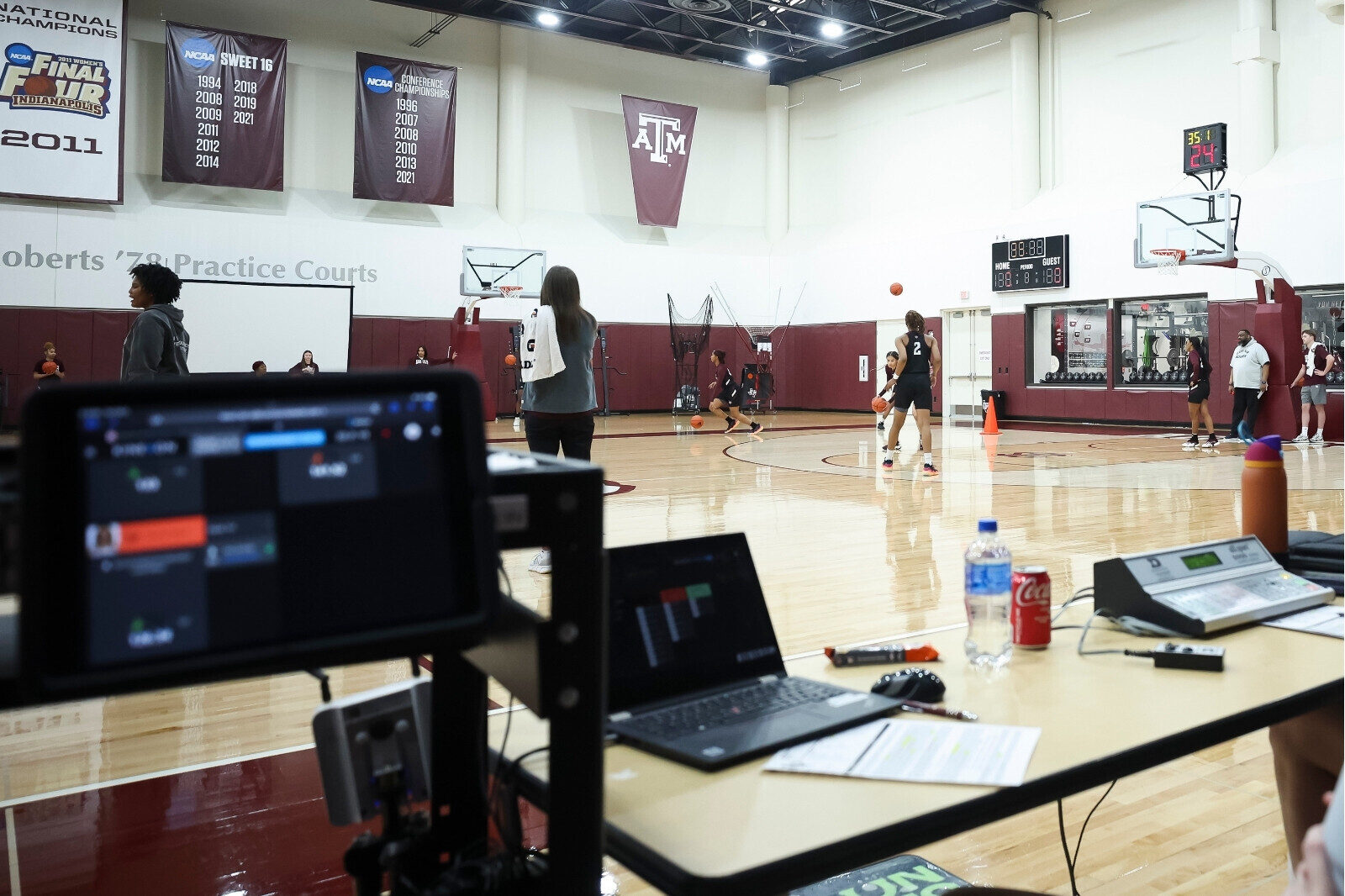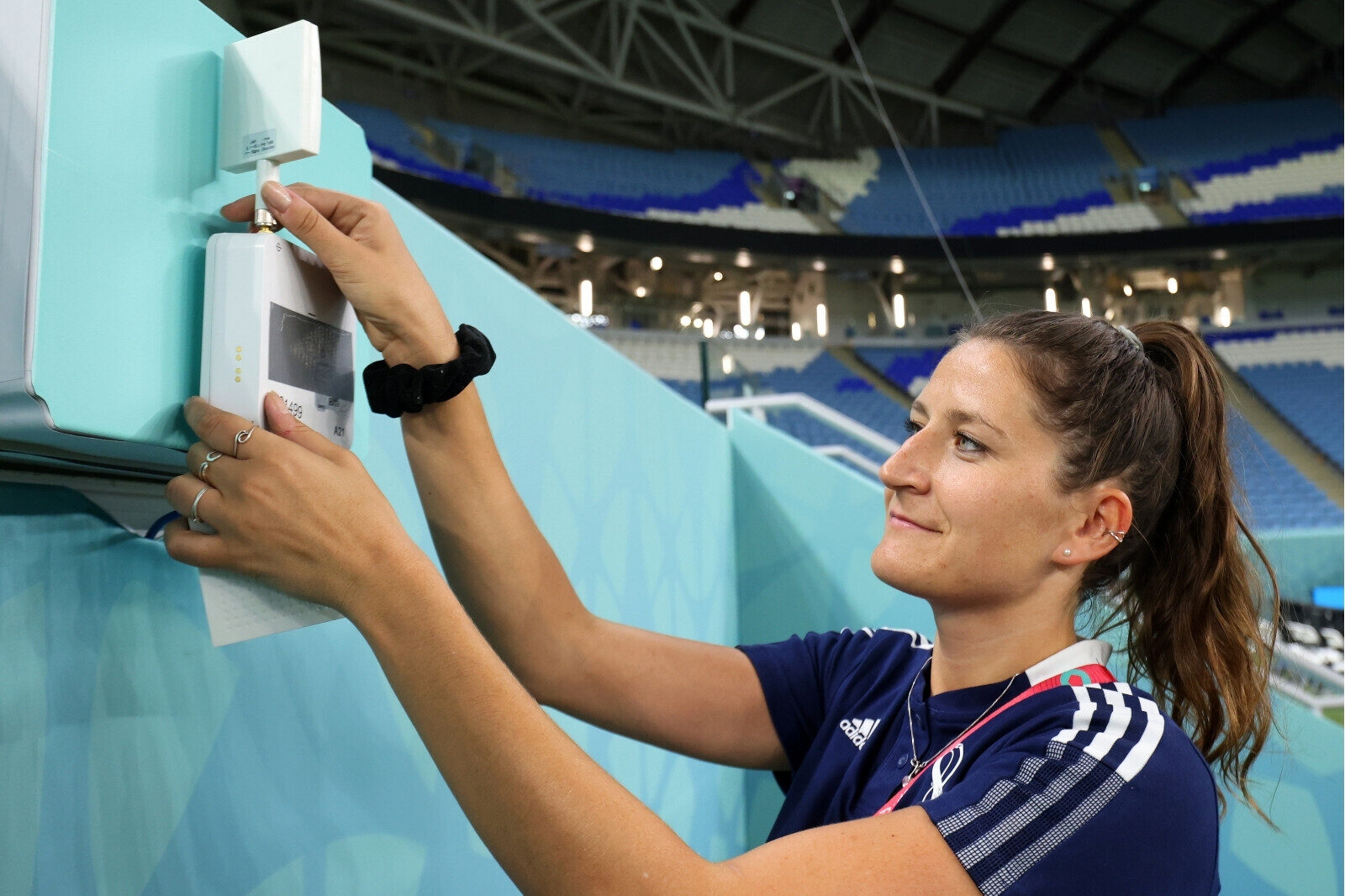Technology in Sports: How an Inertial Measurement Unit Helps Improve Performance
Author: Dave Grendzynski
Innovation plays a pivotal role in sports technology. One such innovation that is revolutinizing the sporting landscape is the IMU, or Inertial Measurement Unit.
Let’s dig into the definition of IMU, explore its impact on our games and find out how it is changing the way many sports are played.
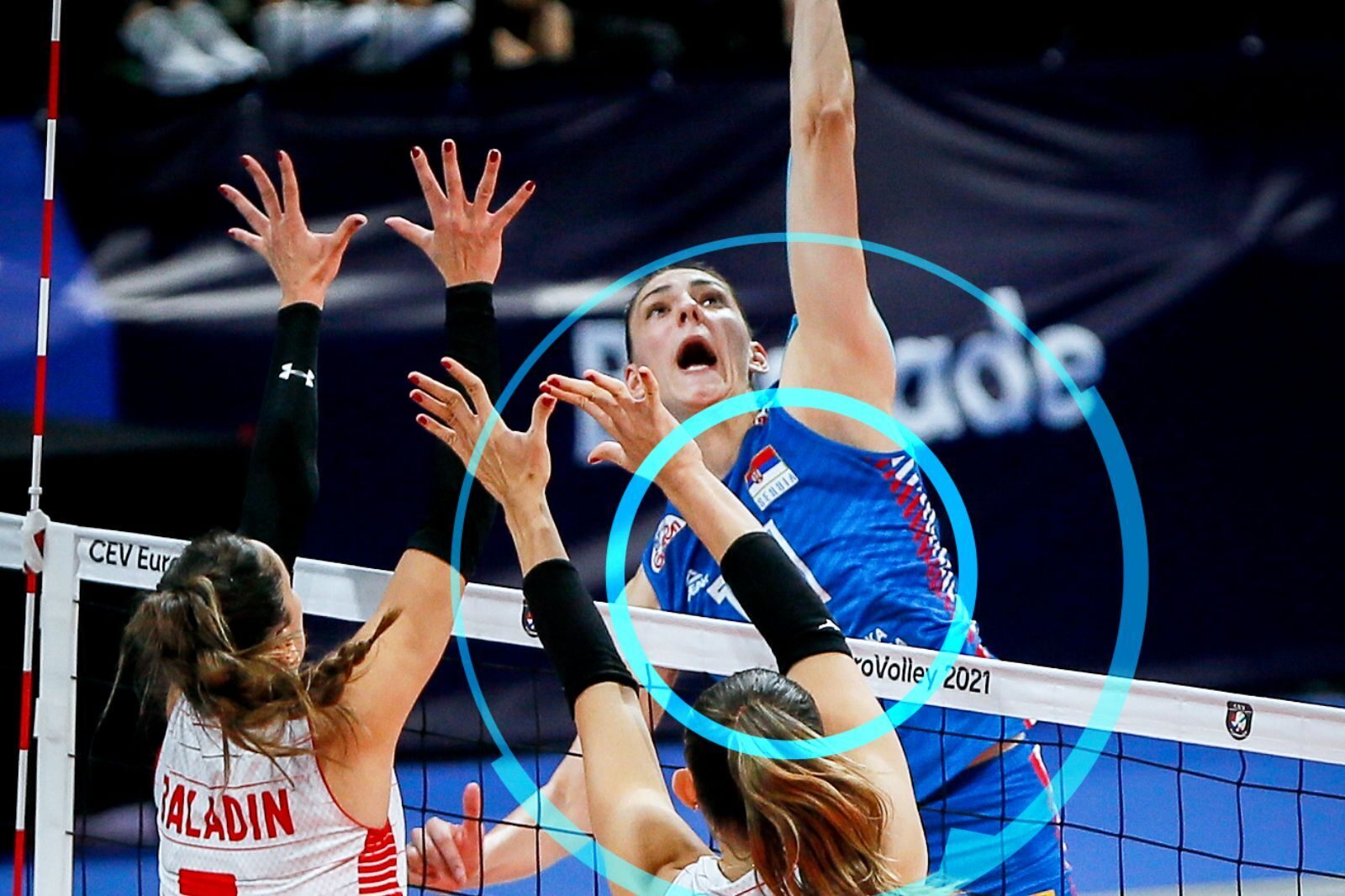
One popular kind of wearable sensor is called an inertial measurement unit (IMU). They’re equipped with tiny sensors like gyroscopes, accelerometers, and magnetometers.
These devices are a game-changer for researchers studying how our bodies move in sports. Whether they’re simple or fancy, most of these wearables have at least one accelerometer and gyroscope, helping us learn a lot about biomechanics in sports.
KINEXON PERFORM IMU: The Most-Used Player Tracking System For Load Management
What is IMU?
IMU refers to a powerful sports technology being used to capture and analyze athletes’ movements.
It consists of a combination of player tracking sensors and microelectromechanical systems (MEMS) that work in unison to measure various parameters, including:
- Acceleration
- Sprints
- Decelerations
The IMU sensor collects these data points in real-time, providing valuable insights into an athlete’s performance, technique, and biomechanics.
The technology provides information instantly, which helps coaches make quick adjustments to training and game strategies in multiple indoor sports, including basketball, volleyball, ice hockey, handball, and more. IMU does not track positions but only movements. It only provides load data but no position data!
In fact, Furman University’s Men’s Basketball team uses this type of technology. It helped propel them to a Southern Conference championship and a first-round upset of Virginia in the NCAA Tournament. You can watch their story below.
IMU is a Reliable Technology in Sports
IMUs have revolutionized sports technology by providing objective data on an athlete’s movements. In sports like athletics, basketball, and football, IMUs are used to track many metrics, including:
- Sprinting speeds
- Jump heights
- Change of direction
Coaches and trainers can use this information to assess an athlete’s technique, identify areas for improvement, and optimize training programs to enhance their performance. IMUs are also used in sports like volleyball and basketball.

IMU sensors are integrated into wearable devices can track an athlete’s load management with various metrics, including:
- Body position
- Balance
- Joint angles
This type of data provides crucial insights for injury prevention and rehabilitation.
Advancements in Sports Technology Continue

In addition to performance enhancement, IMUs are revolutionizing sports data analysis by offering unparalleled insights into player and team dynamics. IMU sensors are player tracking devices that collect sports data, which can be analyzed to develop better game plans, player interactions, and strategic decision-making.
IMUs provide valuable data for motion capture systems used in sports like team handball and ice hockey. By precisely tracking an athlete’s movements on the field or court, these systems enable the generation of data-driven (sports) performance metrics.
Coaches, analysts, and broadcasters can use this information to analyze player positioning, evaluate game tactics, and provide engaging visualizations for fans.
Best Way To Use Information From IMU Sensors

IMU sensors are becoming more and more common in sports. They’re offering a wealth of opportunities for performance enhancement and analysis. From improving technique to analyzing game strategies, IMUs provide objective and real-time data that shape many facets of the game, including:
- Coaching decisions
- Training programs
- Overall fan experience
Understanding the information that IMU sensors provide can unlock a new realm of possibilities for coaches and trainers who are looking to maximize the performance of their players, and ultimately win more games.
KINEXON Perform IMU Helps Teams Win

KINEXON’s PERFORM IMU draws on state-of-the-art AI (Artificial Intelligence) models. This provides you with the most essential performance and load metrics.
KINEXON’s player tracking technology is relied upon by nearly 80% of NBA franchises and approximately 400 other clubs across various American and European professional men’s and women’s leagues in different sports, including:
- American football
- Soccer
- Ice Hockey
- Volleyball
- Basketball
- Team Handball
- Field Hockey
- Lacrosse
If you’d like to learn more about the products we provide for indoor and outdoor sports (on any level), please contact us at any time. Or download our brochure that will explain what IMU means to sports performance even more.


